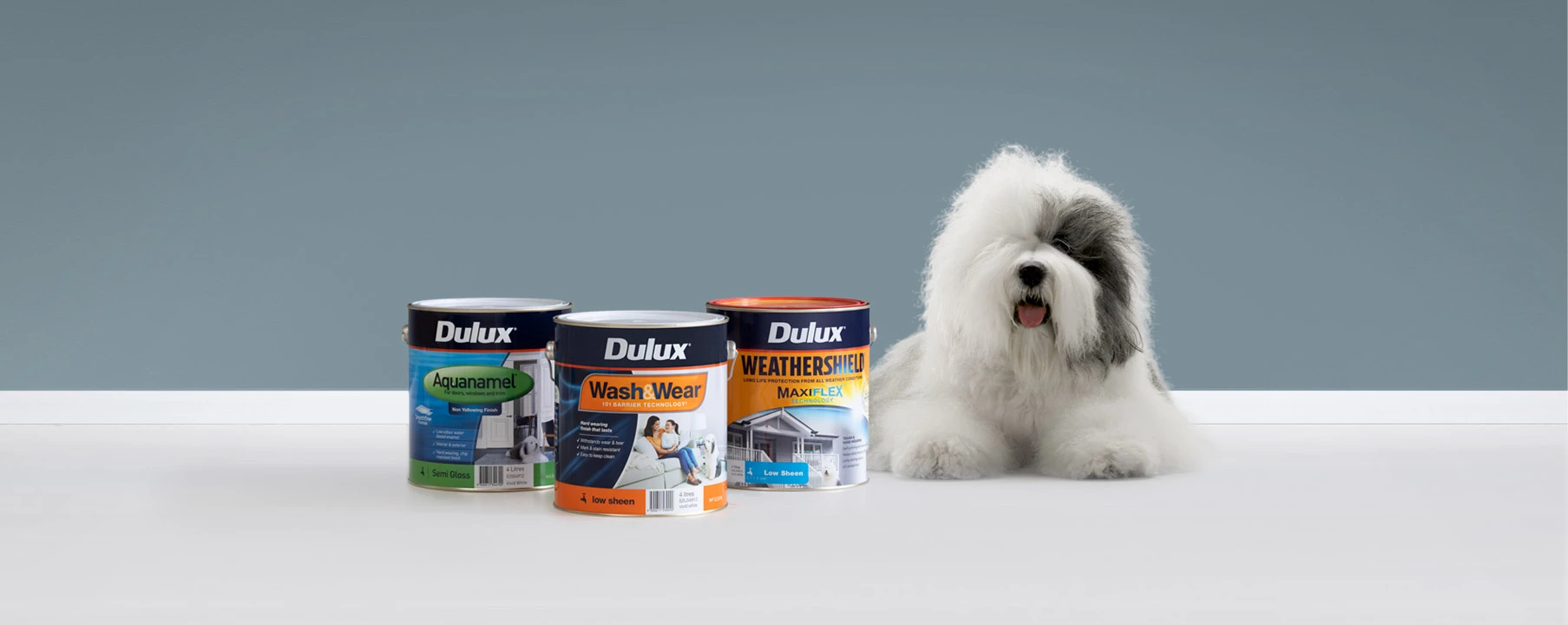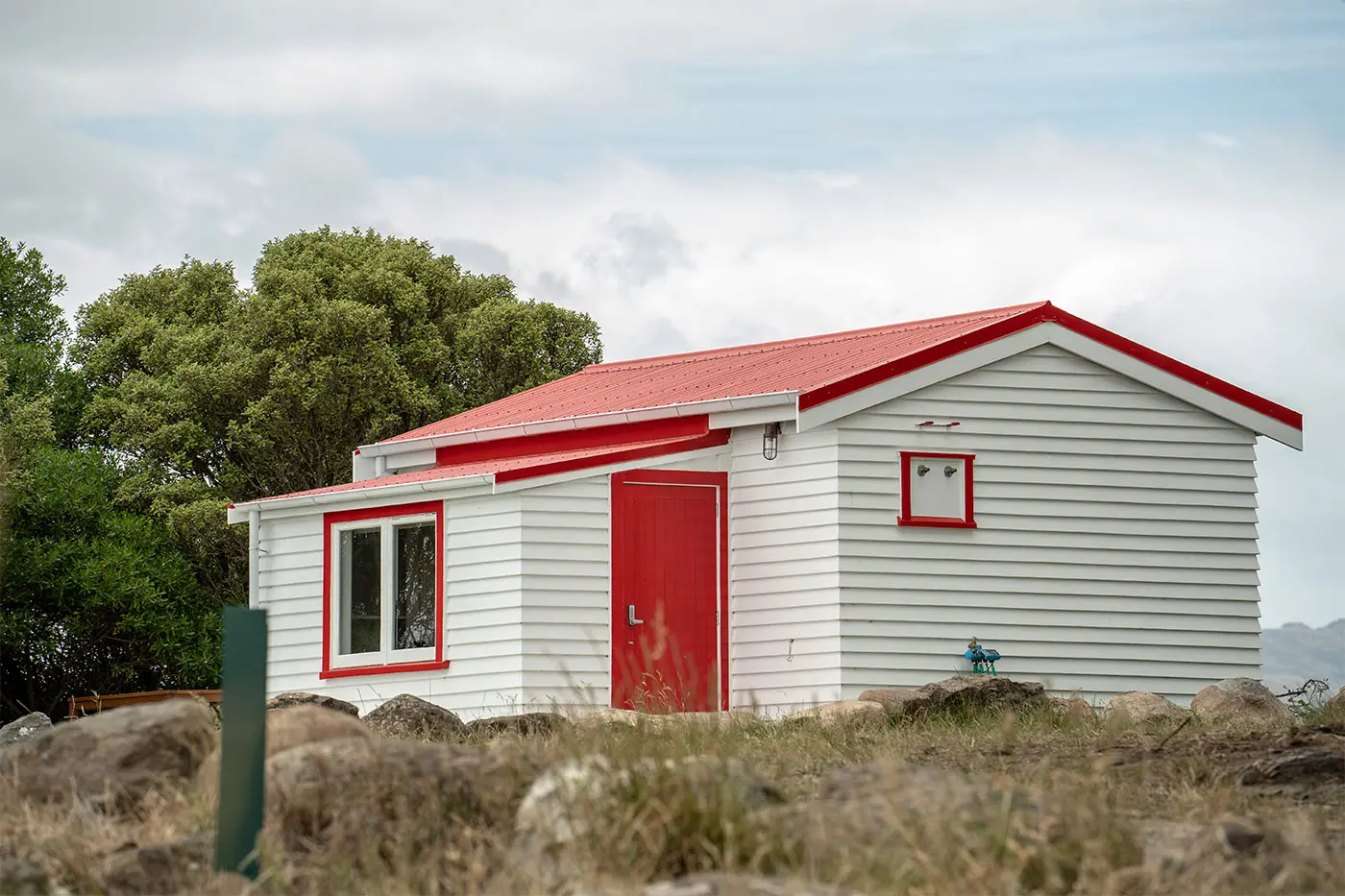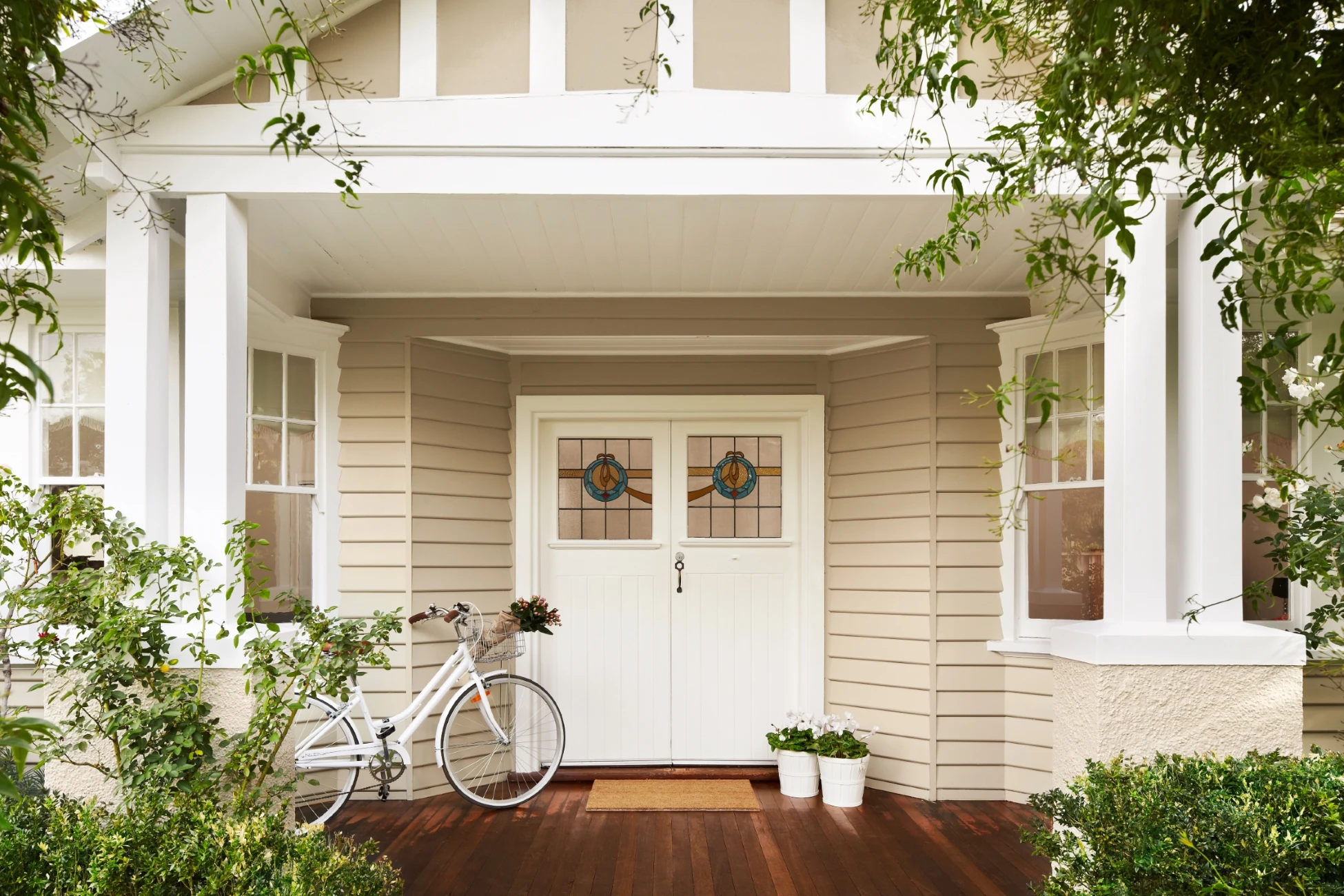
How to paint over stains on walls after floods
Repairing and repainting damaged walls after flooding can be quite overwhelming. This article will quickly guide you on how to paint over stains on walls after flood damage.
Both interior and exterior surfaces are covered, so whatever sort of damage you're dealing with, our procedure will help get you back on track. We’ll take you step-by-step through how to prep, prime and paint stains on walls. We’ll also list down which products you can use.
What happens to walls after a flood? - Types of flood damage
Flooding can cause extensive damage to a home, not just from water intrusion but also from the damp and humid conditions that can follow. The excess moisture levels lead to mould, leaving water stains and a musty odour lingering in the home long after the floodwaters have receded. Mould is more than just an eyesore; it can create serious health risks and should be dealt with immediately. Your house must be watertight as soon as possible after flooding to prevent additional paint damage.

What to do after a flood in your house - 3 important things
Have a professional inspection- Have a professional inspect your home to ensure it's structurally sound and safe. This inspection needs to include all electronics as well.
Clean up - safely remove all debris, mud and water. Wear suitable protective clothing and gloves.
Proper ventilation - crucial to helping dry out damaged surfaces. Ensure that affected areas are well-ventilated by opening windows and doors (if weather permits) or use dehumidifiers and fans to help circulate air.
Here’s how to treat mould and some steps you can take to help prevent it from returning.
How do you fix water-damaged plasterboard?
All flood-damaged plasterboard, insulation, and timber that cannot be saved should be removed and replaced. Clean sound and completely dry surfaces with Selleys Sugar Soap.
Mould may have started to show in the stained area. Treat all affected areas, including those above the water level. You can use Selleys Rapid Mould Killer for this, as mould can be present but not visible before repainting.

Have you or someone you know been affected by the recent flooding? Apply here for a helping hand with Dulux.
How to paint over stains on interior walls
Whether you're dealing with existing substrates or installing new paper-faced plasterboard (or exposed GIB® board), the instructions provided will help ensure a successful project. Follow the guidelines to get your intended results!
How to prepare walls for repainting
Prep - Previously painted surfaces
Clean walls thoroughly with Selleys Sugar Soap and water and allow to dry.
Treat and eliminate any existing mould with Selleys Rapid Mould Killer. Do not attempt to paint over mould as it will re-appear.
Remove any flaked paint with a scraper and fill any cracks with Selleys Spakfilla following the instructions on pack.
Lightly sand walls in preparation for applying primer.
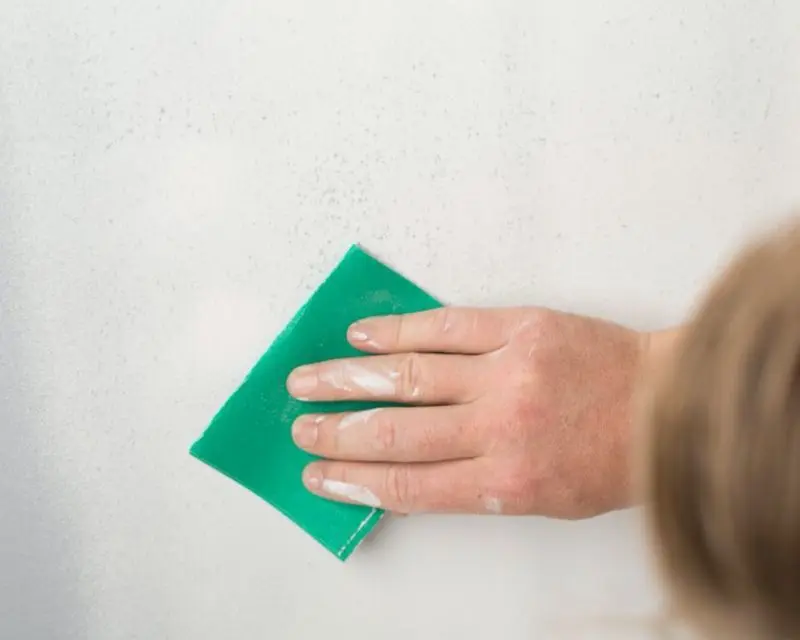
Prep - new surfaces
(paperfaced plasterboard and exposed GIB® board)
Fill cracks and surface imperfections with patching plaster or a suitable filler. You may need to fill any gaps resulting from structural movement with a flexible gap sealant.
Sand to a smooth finish as required. Ensure the level of finish is suitable for the coating sheen level and level of critical light.
Ensure the surface is clean and free from dust. Dust off thoroughly with a damp cloth to remove loosely adhering jointing compound or cornice cement.
Then you may prime as normal.
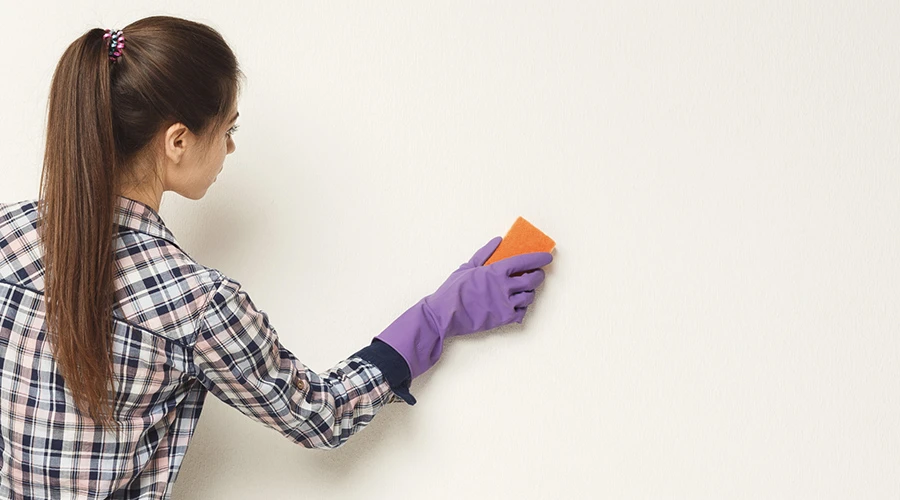
How To Prime Walls for Repainting
Apply one coat of Dulux 1Step® Prep Water Based Primer, Sealer & Undercoat - our water-based primer which is:
Low VOC
Environmental Choice approved
Provides excellent adhesion for your topcoat
Mould resistant
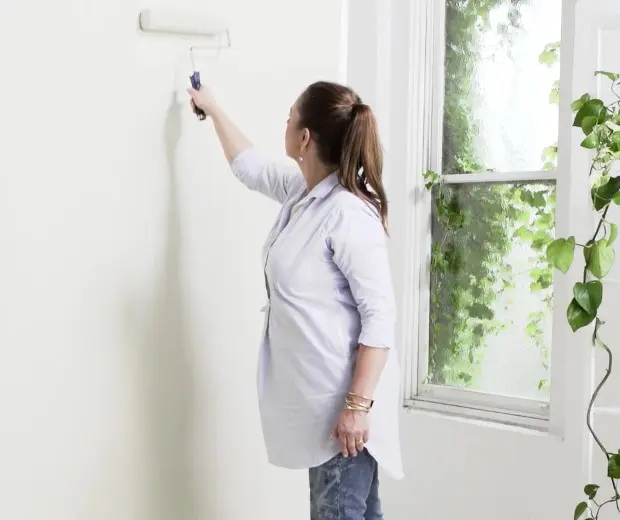
Treating mould and water damage: what to use and how
Check out these simple solutions that can help combat mould and stains from water damage and flooding.
1. PRECISION® High Opacity Stain Blocker
What is it used for? Walls with water staining from flood damage to prime and seal walls with water staining from flood damage. You can use it to tackle water stains as well as stains from oil and grease.
How to apply?
Prime and seal the surface
Prepare the walls as above and apply one coat of the stain blocker evenly across the whole wall surface
Allow to dry before applying your topcoat
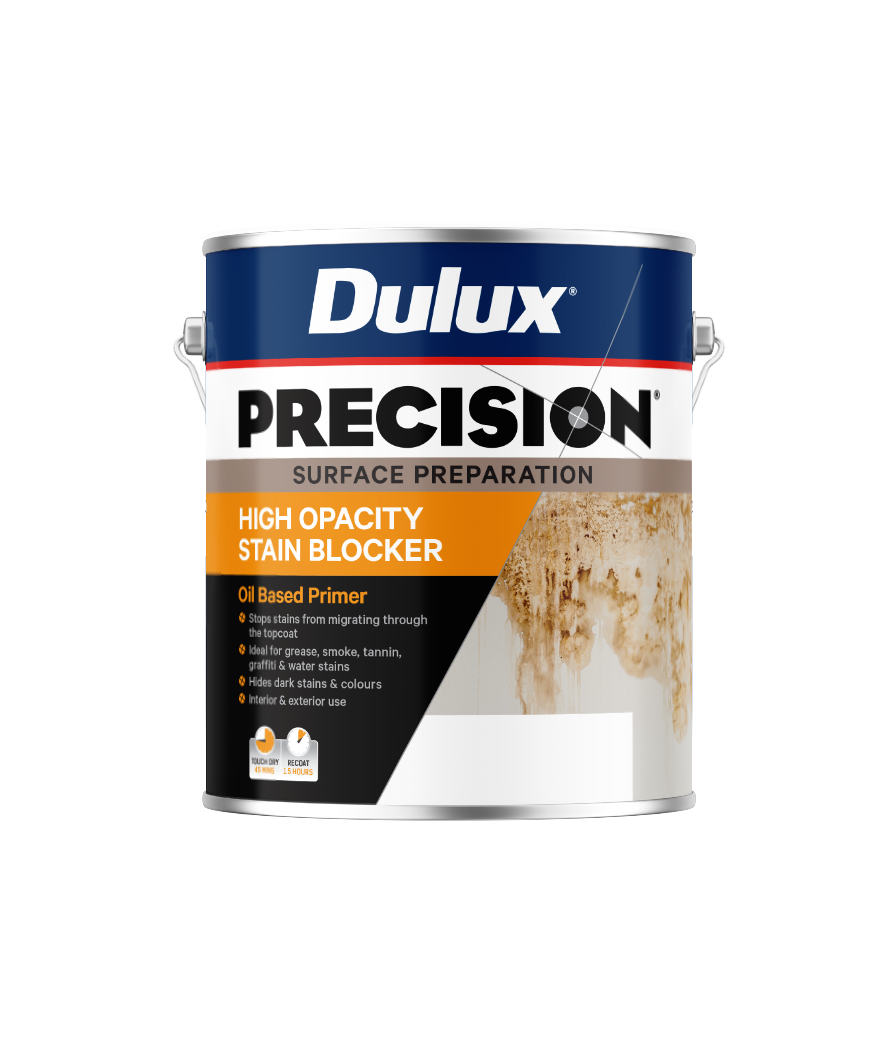
2. PRECISION® Stain & Mould Blocker
What is it used for? For walls heavily affected by mould, we recommend Dulux PRECISION Stain and Mould Blocker instead of 1Step primer.
How to apply?
Treat and eliminate existing mould - How to: Treat and Prevent Mould
Apply one coat of stain and mould blocker evenly to the surface
Allow to dry before applying your topcoat
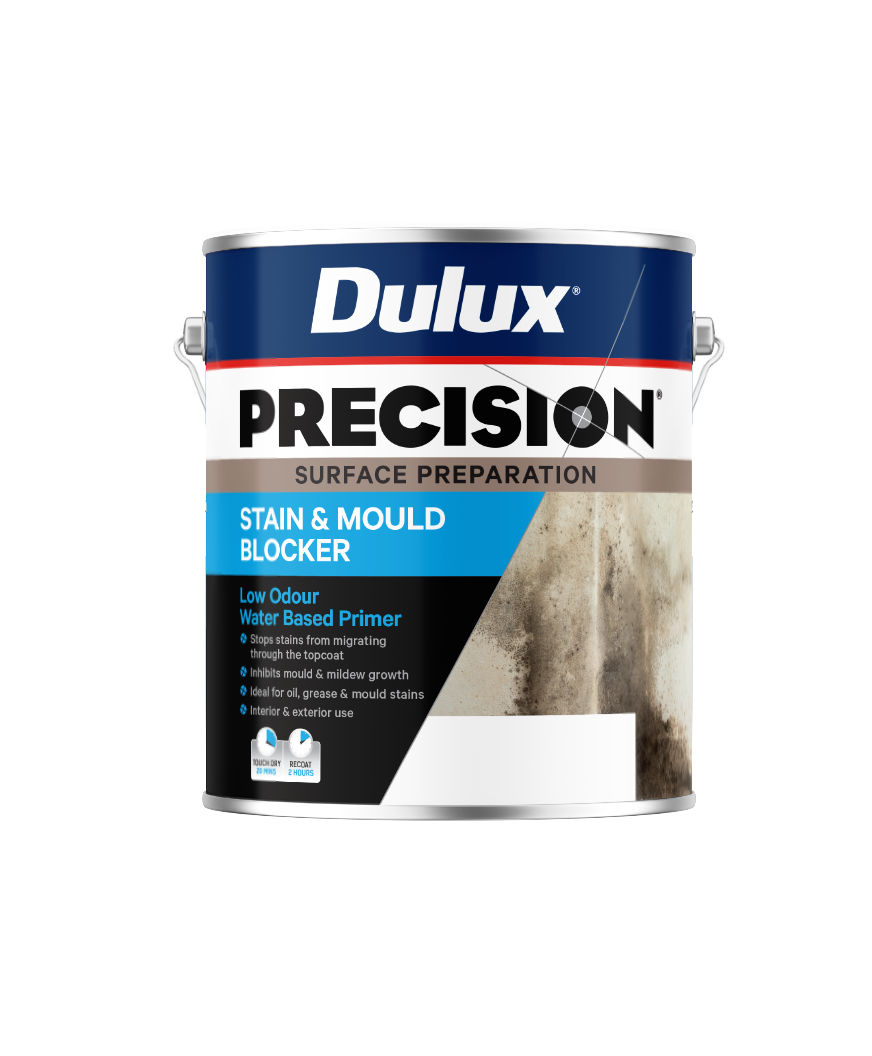
3. 1Step® Prep Water Based Primer, Sealer & Undercoat
What is it used for? All general paint surfaces in your home, both inside and out.
It provides a superior, long-lasting paint finish by priming, sealing and acting as an undercoat.
This stain-blocking primer has mould resistance and prevents tannin and flash rust.
How to apply?
Prepare walls as above and apply one coat of 1Step® Prep Water Based Primer, Sealer & Undercoat
Allow to dry before applying your topcoat
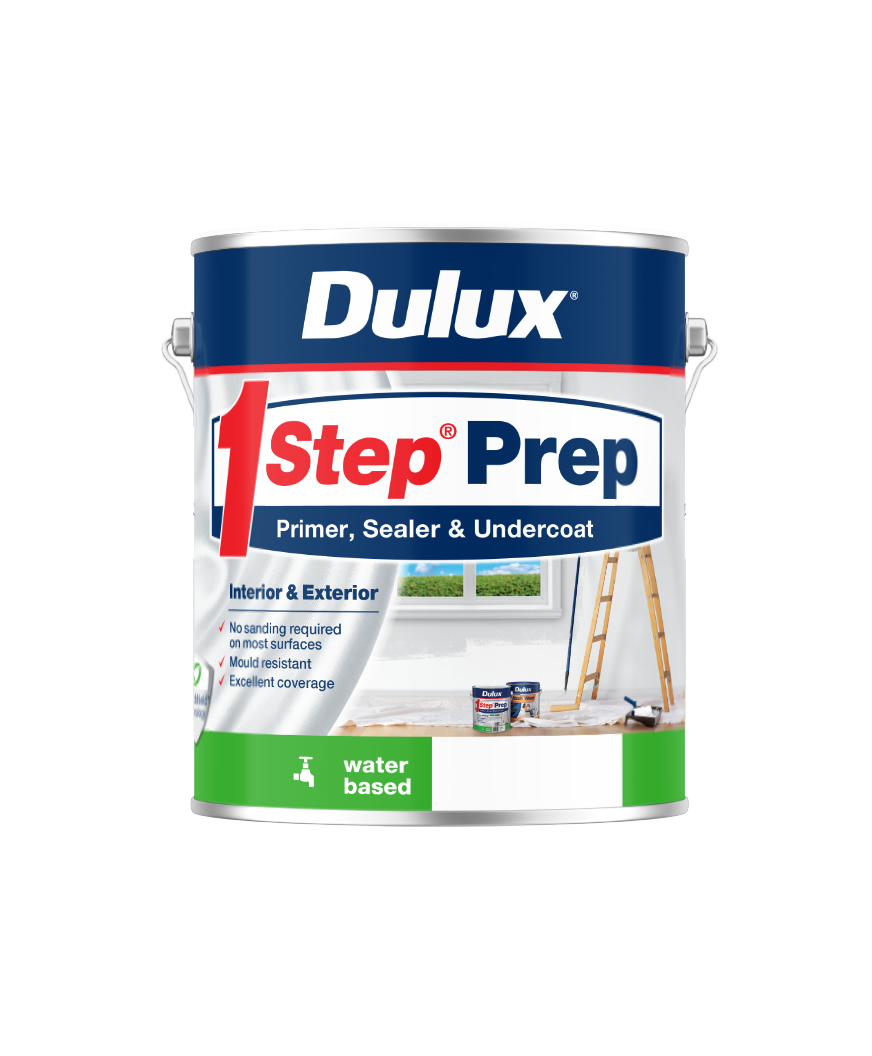
Paint to Repair Water-Damaged Walls
Once your walls are primed, lightly sand before applying your topcoat; it’s time to start repainting!
Here are three products that we recommend using to repair your water-damaged walls.
How To Paint Over Stains On Exterior Walls
Step 1: Remove all dust and debris
Step 2: Clean and prep exterior surfaces with Dulux Prepwash.
Step 3: Remove any unsound paint and sand to a sound surface. For more information on exterior preparation, you can read our guide here.
Step 4: Paint the top coat with Dulux Weathershield. We recommend applying two top coats, allowing each layer to dry sufficiently in between.
Why use Dulux Weathershield?
It’s specially designed to provide a tough, hard-wearing finish that protects from all weather conditions.
Formulated with MaxiFlex™ Technology to expand and contract with the surface
Won't peel, flake or blister for as long as you live in your home

1. Paint for interior walls
We recommend - Dulux Wash&Wear® Low Sheen
Why use Dulux Wash&Wear® Low Sheen?
Superior washability
Low odour
Low VOC
Environmental Choice-approved
Dulux Wash&Wear can be tinted to thousands of colours and will keep your walls looking freshly painted for years to come.
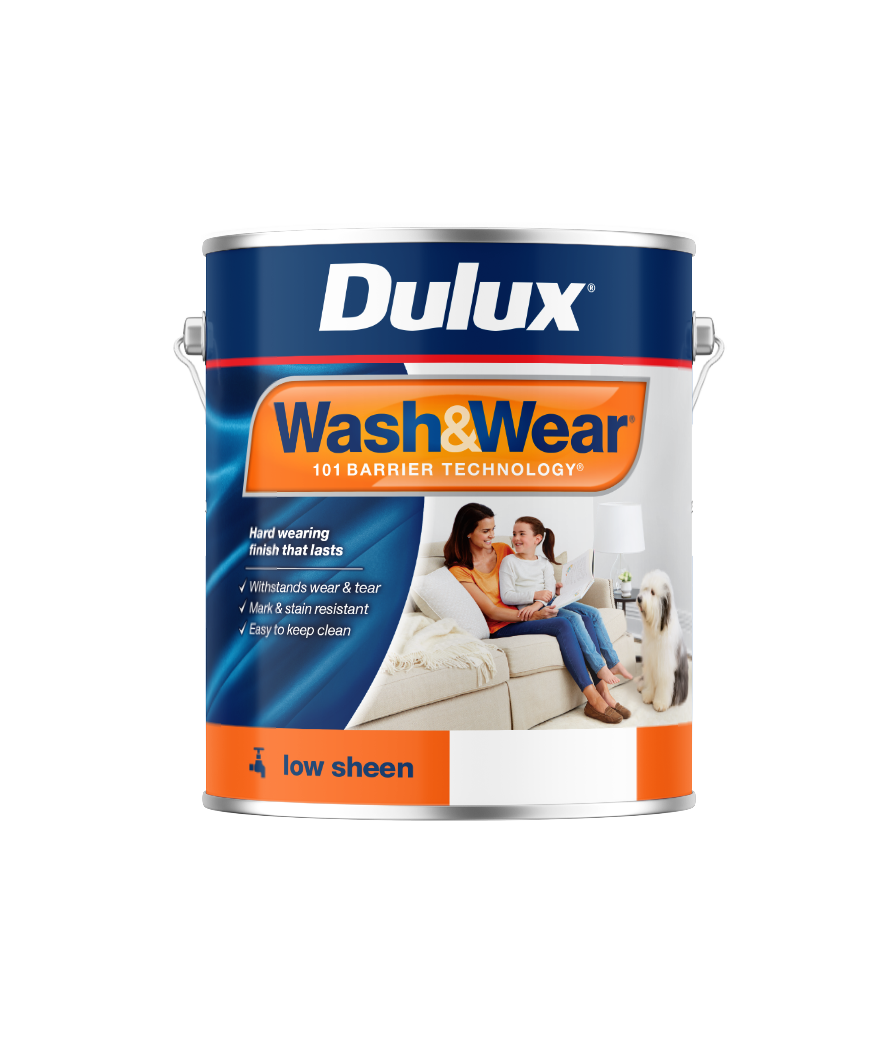
2. Topcoat for windows, doors and trims
We recommend - Dulux Aquanamel. It can be used indoors and outdoors and tinted to any Dulux colour for a cohesive scheme.
Why do we recommend it?
A hard-wearing water-based enamel
Non-yellowing
Hardy against knocks and scrapes.
Check out our project guide and video here.
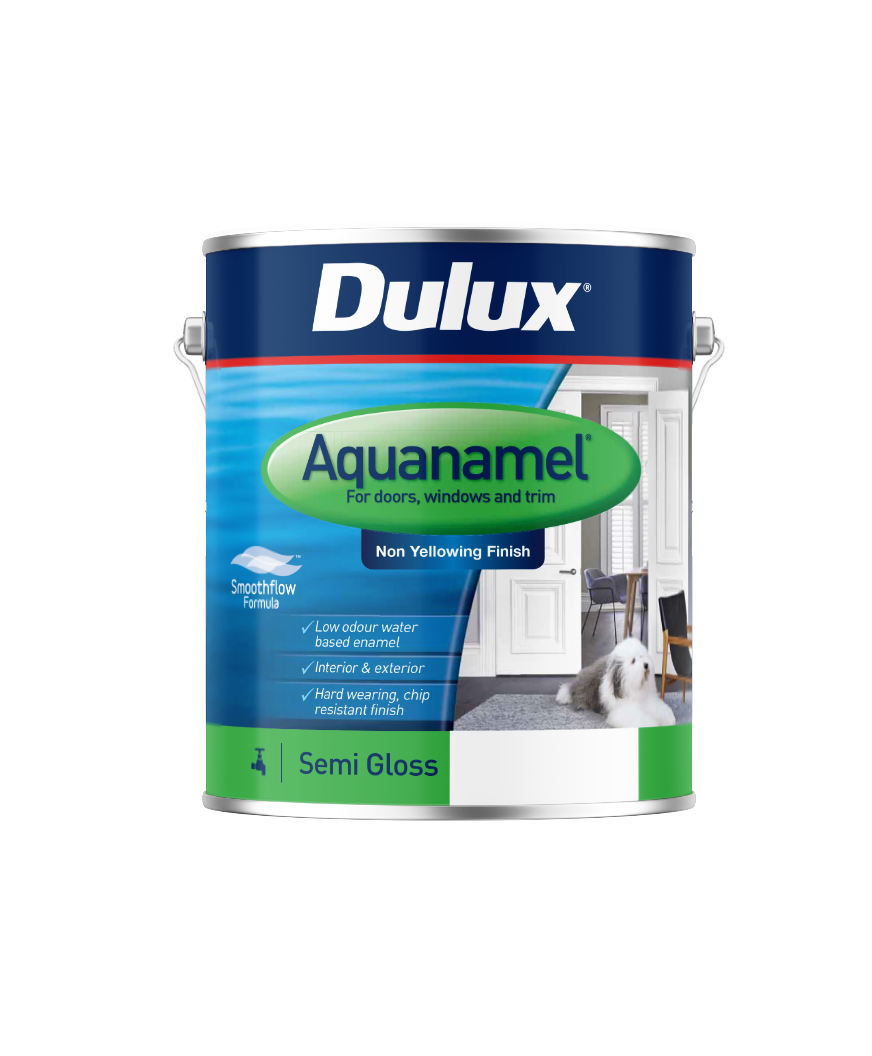
3. To repair kitchen and bathroom wall water damage
We recommend - Dulux Wash&Wear +PLUS Kitchen and Bathroom.
Why do we recommend it?
Built specially to withstand humid or damp environments
Hard-wearing surface
Powerful mould inhibitor and water-repellent properties
You can easily wipe away most marks with a wet cloth
10-year guarantee against mould growth*
*Refer to product label for full conditions
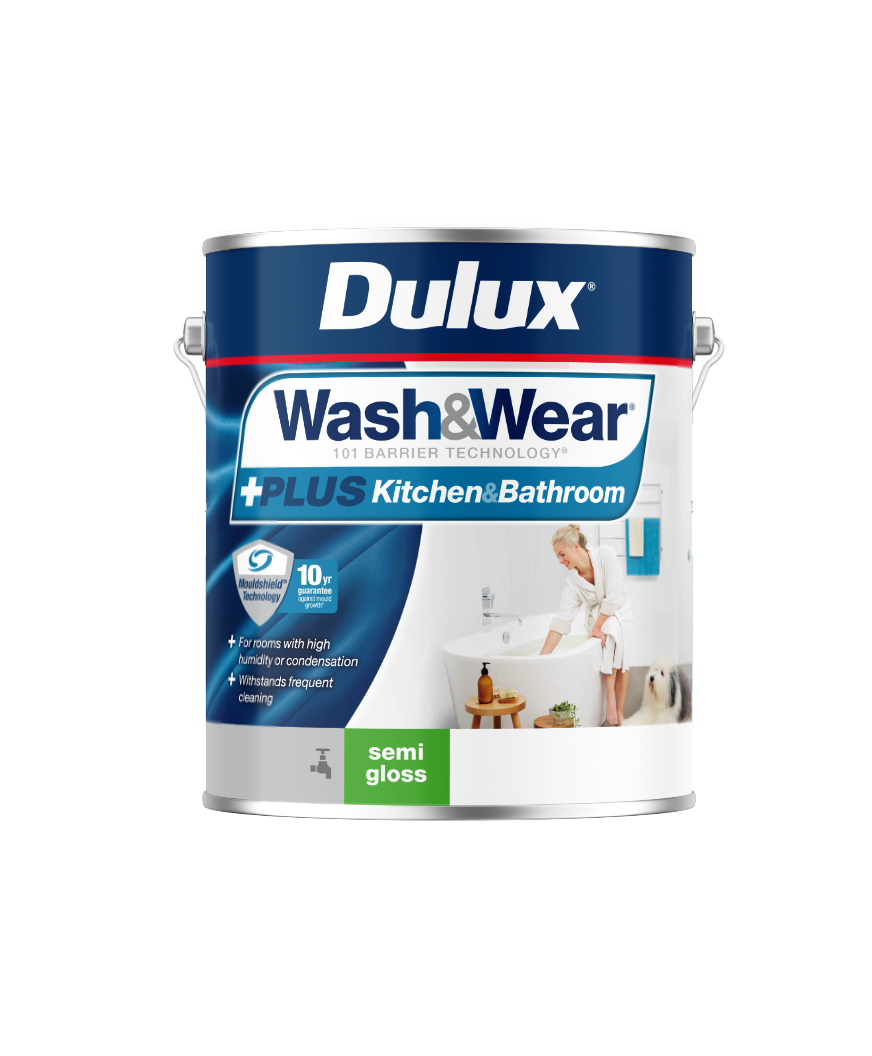
If you've been affected by flooding, here are some steps to follow to prepare your house for its new paint job.
We guarantee, as long as Weathershield is applied in accordance with instructions for use, it will not PEEL, FLAKE or BLISTER for as long as you live in your home.
Dulux and the Department of Conservation Te Papa Atawhai have been working together since 2013 to protect backcountry DOC huts, historic buildings and other facilities for future generations to enjoy.
Ready to get started? Find your nearest Dulux retailer with our store finder.
Our local Customer Service team is available to assist with colour, product and service questions. The Call Centre is open 6 days a week on 0800 800 424 and LiveChat is available 7 days a week.
Available 7 days a week, start a chat with our team to discuss everything you need to gain colour confidence.
Choose from our wide selection of licensed and insured painters New Zealand-wide to find the right one for your job.
